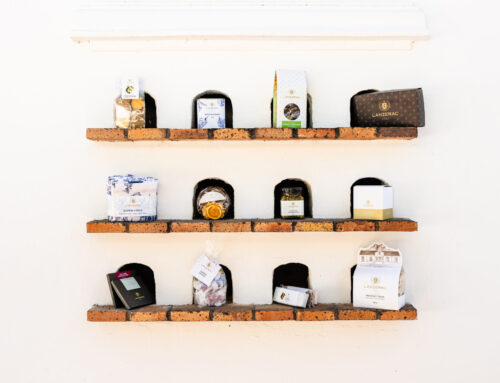Whether you’re at a fancy party or a grand event, witnessing sabrage is always a spectacle. But behind the sharp blade and the celebratory pop, lies a story rooted in French military tradition, opulence, and the enduring allure of champagne.
Sabrage’s origins date back to the Napoleonic era, in the early 19th century. The practice is thought to have been born from the traditions of Napoleon Bonaparte’s cavalry. Napoleon had a penchant for large celebrations after victories. Soldiers returning from battle would often indulge in champagne as part of their victory rituals, and in the heat of the moment, sabrage became a playful but impressive way to open the champagne bottles.
The sabers used in these celebrations were typically those wielded by officers in Napoleon’s army. Known for their curved blades, they were the ideal tool for striking the neck of the bottle and severing the cork with precision. A powerful strike would cause the cork and the top of the bottle to fly off in a single motion, sending champagne spraying into the air. A thrilling way to mark a victory!
While sabrage has its roots in military tradition, it also became intertwined with aristocratic and elite French culture. As champagne was popularized as the drink of nobility in the 18th and 19th centuries, it came to symbolise wealth, refinement, and celebration. The dramatic nature of sabrage made it the perfect match for a drink that itself is synonymous with luxury and festivity.
By the late 19th and early 20th centuries, it was not unusual to see sabrage at exclusive events, in the hands of well-heeled guests who wanted to add a little flair to their champagne toast. The technique was perfected by sommeliers and professional champagne servers, and it was soon adopted as an elegant and entertaining way to serve champagne at prestigious events.
In the modern day, sabrage is considered a fun, albeit slightly theatrical, way to open a bottle of bubbly, usually seen at around this most festive season of the year.
The relationship between sabrage and champagne has only grown stronger with time. Sabrage has become almost synonymous with celebrating the drink itself, as it exemplifies the exuberance and the sense of occasion that champagne is meant to evoke. While the technique may have started as a military and aristocratic ritual, it’s now embraced as a charming and theatrical tradition that anyone can enjoy; practice being the only caveat.
In recent years, sabrage has gained a resurgence in popularity as the “performative” aspect of the tradition has been embraced by the wider public. It’s no longer just a tradition for the elite but an amusing, aspirational experience for anyone wanting to feel a little extra glamour in their lives.
So, the next time you raise a glass of Champagne or Cap Classique, take a moment to appreciate the tradition and history behind it. And, if you’re feeling adventurous, you might even want to try your hand at sabrage yourself—just make sure you have a bottle of Lanzerac Brut and a safe space!

















